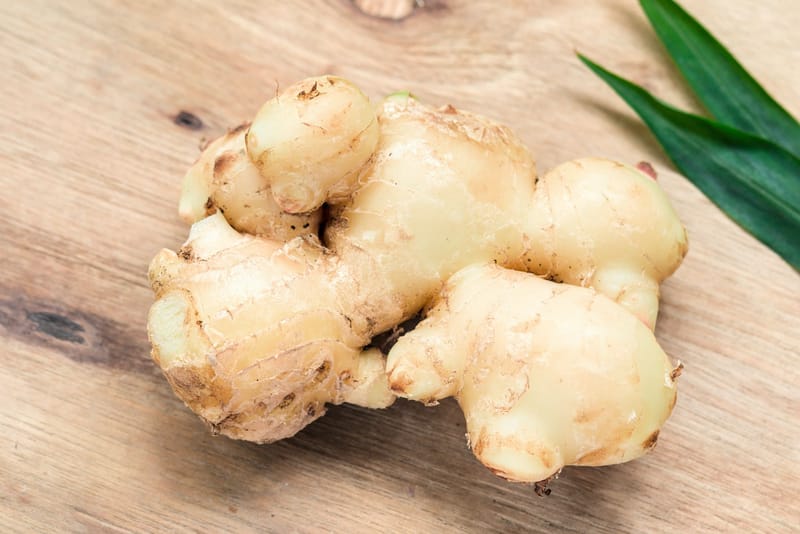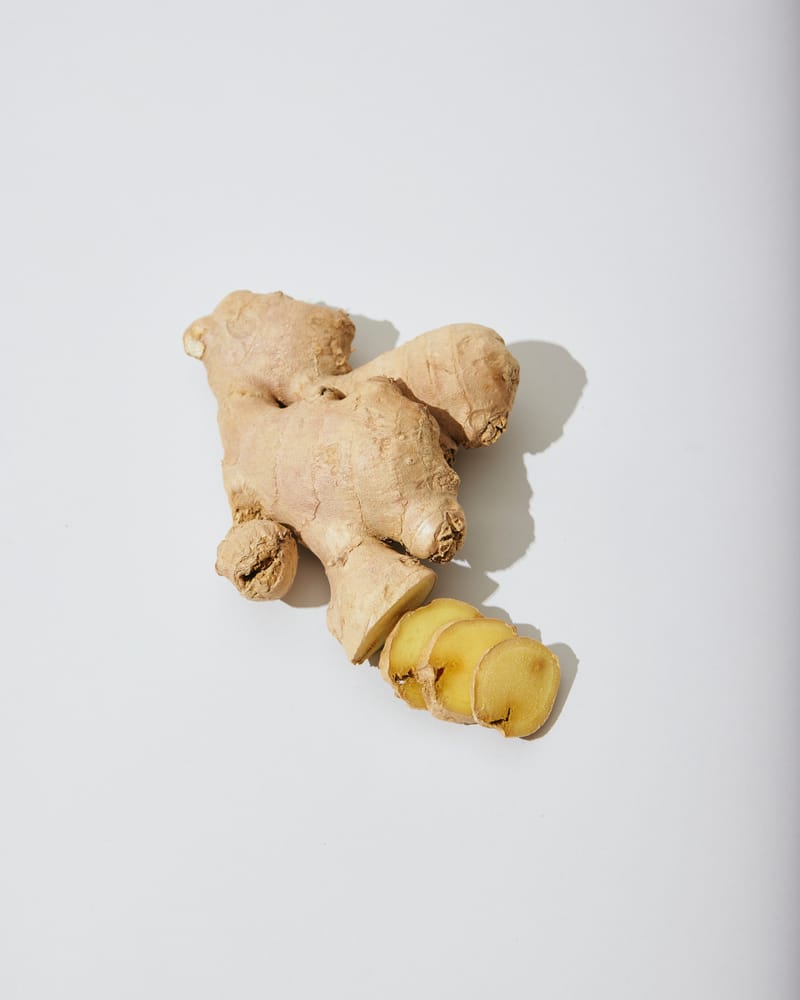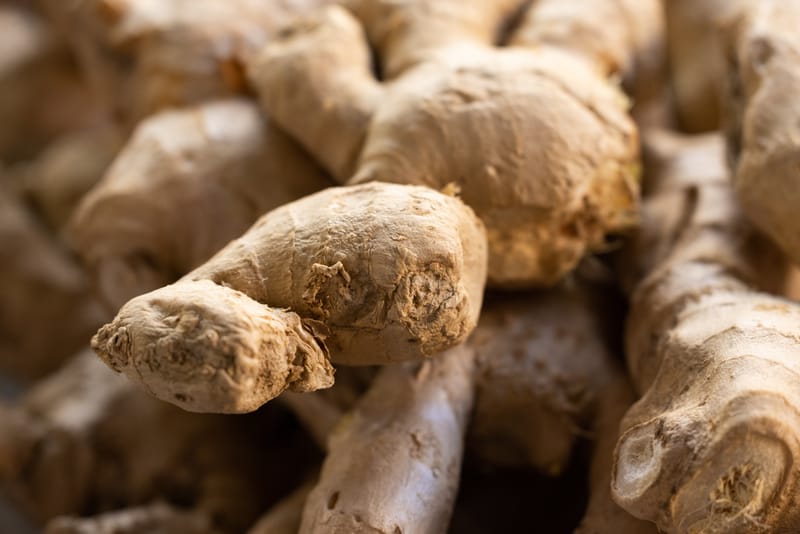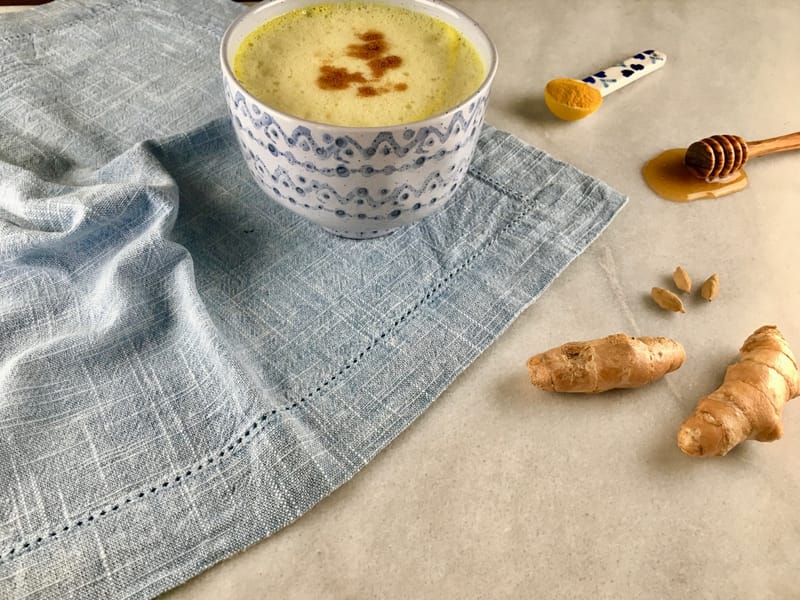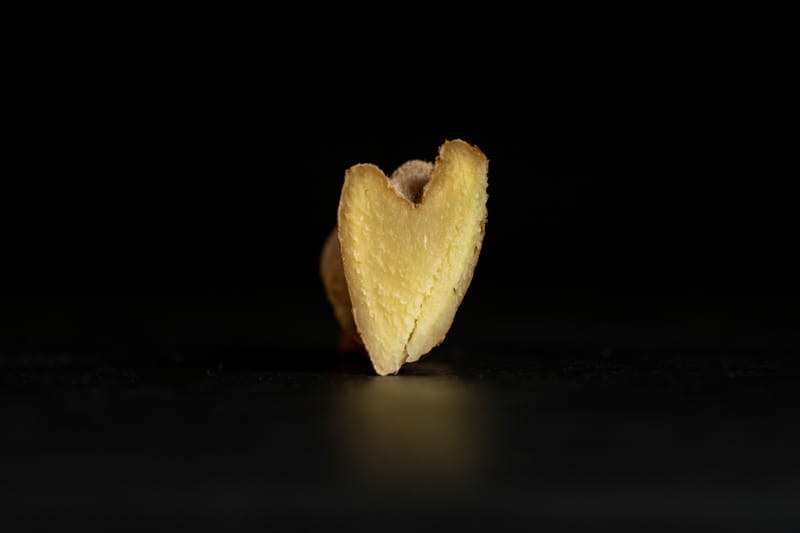Blog #gingerthailand
Welcome to the world of Fresh Ginger
It's worth noting that while ginger is generally considered safe for most people, some individuals may experience side effects like heartburn, diarrhea, or skin irritation. Additionally, ginger can interact with certain medications, so it's important to talk to your healthcare provider before using ginger as a treatment for any specific health condition.
Read MoreGinger is a root that grows underground, and it has a knobby, irregular shape with multiple branching points. The size and shape of ginger can also be influenced by factors such as soil quality, climate, and growing conditions
Read MoreGinger belongs to the Zingiberaceae family, which includes other plants like turmeric, cardamom, and galangal. The part of the ginger plant that is commonly used is the rhizome, which is a horizontal stem that grows underground and gives rise to roots and shoots.
Read MoreLook for ginger with a smooth texture. This indicates that the ginger is fresh and hasn't been sitting around for too long. Choose ginger that is heavy for its size. This means that it has a high water content, which is a sign of freshness.
Read MoreGinger juice is a popular ingredient in many cuisines, including Asian, Indian, and Middle Eastern. It is commonly used to flavor dishes such as stir-fries, soups, and curries. In drinks, ginger juice is often used to add a spicy kick to lemonade, smoothies, and cocktails.
Read MoreGinger skin can add a unique flavor and potential health benefits to your meals and beverages, but it's important to use it safely and in moderation.
Read More